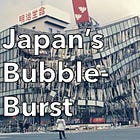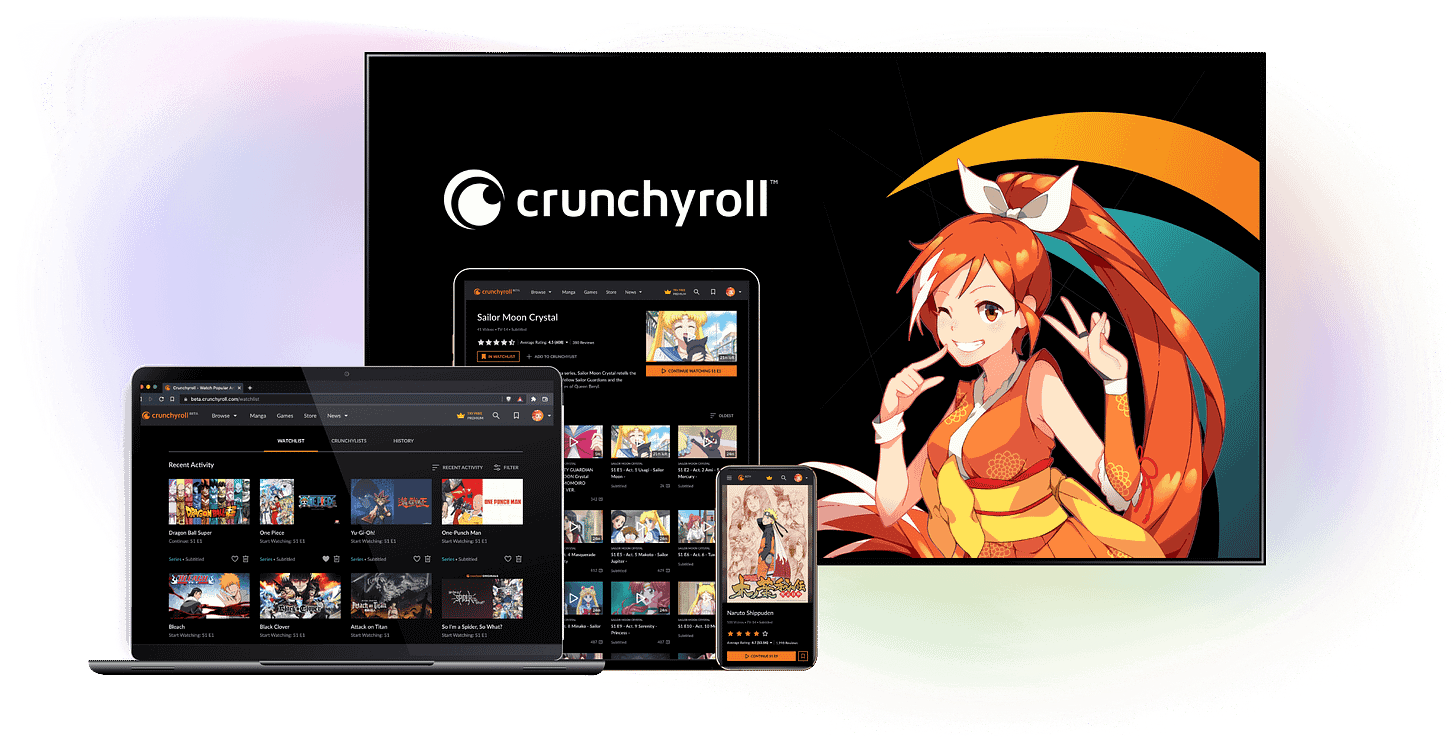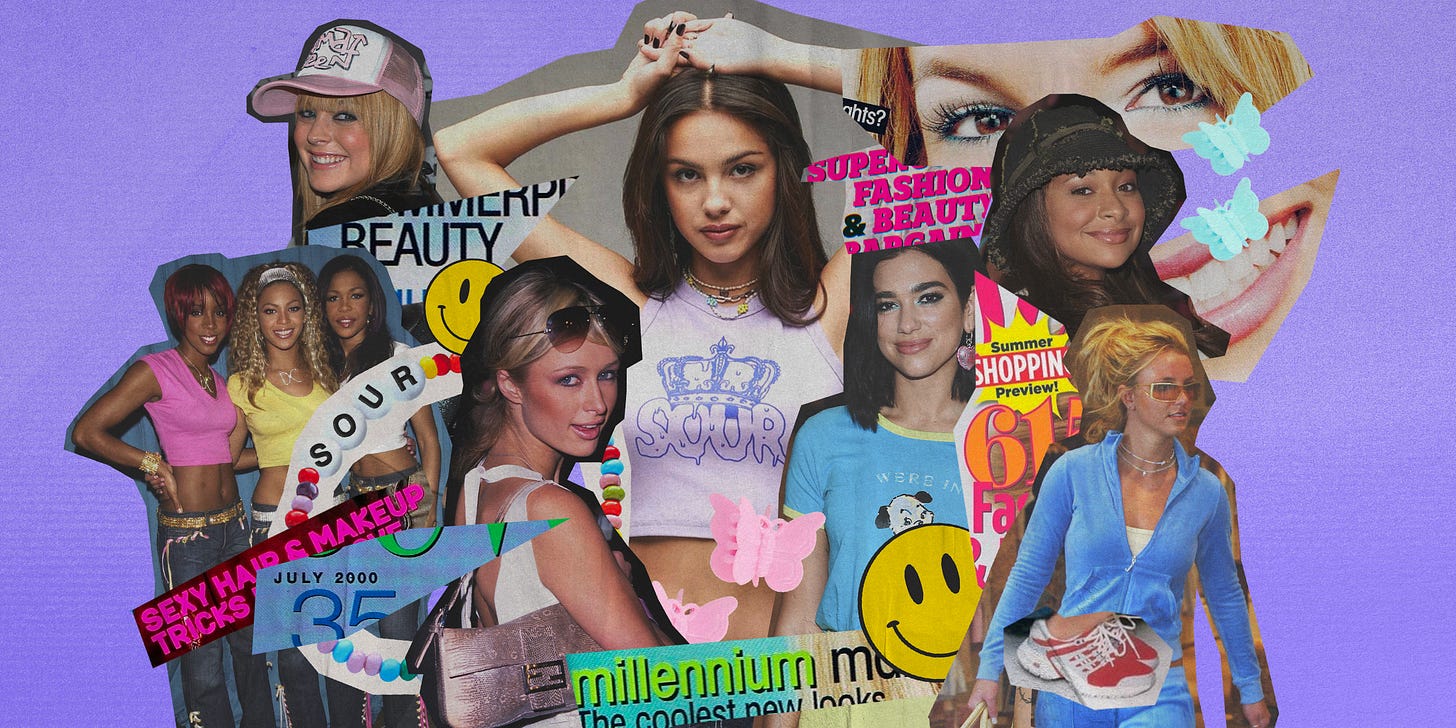1970-80년대 일본 시티팝 (뉴뮤직)은 상당 부분이 미국 팝송의 표절; 물론 1990년대 한국 음악 상당 수가 일본 음악의 표절 ^^; 문화는 위에서 아래로 흐른다
6. 표절[편집]

상기했듯 시티 팝은 1970, 80년대 일본에서 유행하던 대중가요(쇼와가요)에 속하기도 한데, 당시 일본 문화 자체가 서구권 특히 미국 문화에 강한 영향을 받았던만큼 이 시기 일본의 대중가요들 상당수는 서구 팝 음악의 표절이 많았다. 이는 1987년에 "일본가요 윤리위원회"에서 출판한 "도둑가요"(ドロボー歌謡曲,도로보가요)라는 책에 보면 상세히 설명되어 있으며, 보면 표절 가수와 노래들의 예시를 구체적으로 언급하며 목록으로 나열해 놓았다.
물론 쇼와 음악이라는 구분은 '쇼와 시대에 나온 모든 가요'를 통틀어 얘기하기에 시티 팝만 이 사례에 해당한다고 보긴 어렵다. 이 책과 더불어 유튜브 등지에서 표절곡으로 제시하는 음악은 시티 팝 리스너들이 익히 아는 음악과 다른 J-POP에 속하는 또 다른 스타일의 음악들도 많다.[48] 다만 그렇다고 시티 팝에 표절 의심 사례가 없었냐 하면 그것도 아니라, 마츠바라 미키의 真夜中のドア〜Stay With Me 처럼[49] 유명한 시티 팝들도 표절 논란에서 완전히 자유롭지 못한 건 사실이다.
여기선 真夜中のドア〜Stay With Me 사례 하나만 들었지만, 이러한 표절 논란과 관련된 일본 사이트들을 찾아보면 오오타키 에이이치, 카도마츠 토시키, 야마시타 타츠로
등 다른 유명 아티스트들 또한 이 논란에서 마냥 자유롭진 못하다는 것을 알 수 있다. 애초에 일본의 뉴뮤직(시티 팝) 자체가
서구권 팝 음악에 강한 영향을 받았고, 당시엔 인터넷도 대중화되지 않았을 뿐더러 세계적으로 저작권 의식 수준 또한 매우 낮았던
시기니 더 이런 문제가 발생할 여지가 많을 수밖에 없는 측면도 있었을 것이다.
//
시티팝의 실질적 창시자인 오오타키 에이이치
3.1. 성장기[편집]
1948년 7월 28일 현재의 오슈시인 에사시군 야나가와무라에서 태어났다. 어머니 뿐인 편모가정에서 자랐으며 교사였던 어머니를 따라 어린 시절 전학을 다녔다고 한다. 초등학교 5학년 처음으로 아메리칸 팝을 접한 이후 음악에 매료되어 중학교 시절 라디오를 자작해서 미군 방송이나 일본 방송을 청취했을 정도였다. 이후 음반 수집을 시작해서 엘비스 프레슬리나 비치 보이즈 음악을 분석하기 시작했다.라디오를 자작했을 정도의 굉장한 서양팝 덕후로 무려 1962년부터 1966년에 차트에 오른 곡은 전부 기억하고 있다고 말할 정도. 이는 이후 음악 스타일에도 많은 영향을 끼친다. 거기에 일본 음악에도 정통했다고 한다. 1964년 하나마키시의 현립학교에 진학하며 하숙했지만 1년치 등록금을 전부 음반 구입으로 까먹는 바람에(...) 카마이시시의 다른 학교로 편입했다. 고등학교 입학을 전후하여 비틀즈에 대해 알게 되었고 이후 리버풀에서 활동하던 밴드의 레코드를 사들이기 시작했다.
고등학교 시절부터 밴드에 들어갔다. 처음 맡은 역할은 드럼. 고등학교 졸업 이후 도쿄의 제철회사에 들어갔지만 출근 20일, 총 3개월 만에 때려치고 나왔다. 퇴사 며칠 전에 있던 회사 행사
이후 짧게 밴드를 하다가 해산한 후 와세다대학 제2문학부에 입학했다. 여기서 지인 나카다 요시히코(中田佳彦)를 통해 앞으로 일본 음악계에 큰 족적을 함께 남기게 될 호소노 하루오미를 처음 만나게 된다. 호소노는 자신의 집에 찾아 온 오오타키의 수준을 테스트하기 위해 영 블러즈(The Youngbloods)의 <Get Together>의 싱글 버전을 슬쩍 방에 놓고 갔는데, 이후 돌아와보니 오오타키가 "오! 겟투게더네!"라고 반응했다고. 이후 셋은 정기적으로 팝 연구회를 열었고 1969년 호소노의 이전 밴드가 해체하려던 즈음 오오타키에게 밴드 결성을 제안하면서 전설의 핫피 엔도가 탄생하게 된다.
//
시티 팝은 미국 AOR 스타일 음악의 영향을 받은 1980년대 전후 일본에서 유행한 대중 음악의 한 갈래와[2] 2010년대 이후 그와 유사한 음악 스타일의 곡들까지[3] 통칭해 칭하기도 하는 넓은 범위의 구분 명칭 중 하나이다.
본 문서에 앞서, 오늘날 시티팝으로 분류되는 음악들은 AOR처럼 퓨전 재즈, 애시드 재즈, 신스팝, 소피스티 팝 등의 특징도 동시에 가지고 있는 경우가 많기 때문에 음악 장르적 독립성을 가진다고 보기에는 어려움이 많다. 애초에 시티 팝 말고도 장르가 다른 여러 음악을 통칭하는 말은 흔한 편인데, AOR이나 이지 리스닝, 뉴에이지, 핑거스타일 등을 예로 들 수 있다. 때문에 같은 곡을 가지고도 누군 AOR이라고 하고 누군 퓨전 재즈라고 하고 누군 시티 팝이라고 할수도 있다.
시티팝이란 명칭 자체가 음악적 특성 중심의 공급사이드의 장르 구분이라기보다는 감각적, 감성적 요소의 우연적이고 역사적 연합에
의존하는 소비사이드의 장르 구분이기 때문이다. 고로 통상적으로 2010년대 이후 시티팝이라고 한다면 이런 퓨전식 음악에 City+Pop이라는 단어가 가지는 직관, 세련성에 기반한 마케팅
용어적 성질도 가지고 있다고 보는 것이 좀 더 적절할 것이다. 이렇게 사람에 따라 해석이 달라질 수 있는 주관적이고 모호한
기준을 포함하다 보니 후술할 한국 시티 팝처럼 시티 팝하면 특징적으로 떠오르는 요소를 몇 개 포함하지 않더라도 시티 팝이라고
언급되는 경우도 있다.
//
전반적으로 낭만적이고 몽환적인 분위기가 짙다. 주된 악기 구성으론 일렉트릭 기타, 베이스 기타, 신디사이저, 드럼, 색소폰 등이 있으며 필요에 따라 여타 다른 악기를 채용한다. 주제로는 주로 도시적이라고 여겨질 만한 분위기나 소재를 삼는 경우가 많았는데, 이는 대도시권에서 주로 유행한 시티 팝의 태생에서 기인한다. 그외에도 괌, 사이판과 같은 열대 해변의 분위기 또한 시티 팝의 주요한 주제로 작용했다.
때문에 사운드 측면에선 60년대 미국 밴드 비치 보이스 표 서프 음악의 영향도 짙은 편이다. 연장선상에서 여러 악기의 소리를 층층이 쌓아올린 비치 보이스의 사운드에 지대한 영향을 준 필 스펙터의
'월 오브 사운드(Wall of Sound)' 기법도 시티 팝 사운드에 영향을 미쳤다. 특히 이러한 경향은 일본식 AOR이라 할
수 있는 뉴뮤직 시티팝 시대를 연 나이아가라 레이블 뮤지션들의 음악에서 두드러지게 나타나는데, 레이블 수장인 오오타키 에이이치와 대표 뮤지션인 야마시타 타츠로 모두 자작곡 곳곳에 비치 보이스 오마주를 대놓고 첨가한 브라이언 윌슨의 팬이었기 때문이다.
이러한 곡들의 경우에는 다른 곡들처럼 마냥 세련된 분위기보다는 좀 더 나른하고 휴양지적인 소리를 지향했으며, 훗날 일본의 다운템포 음악에 지대한 영향을 미친다. 시 펑크-베이퍼웨이브 기조(특히 퓨처 펑크 방향의), 트로피컬 하우스가 참고하고 있는 이미지 또한 이러한 시티 팝의 면모에서 상당 부분 유래했다고 볼 수 있다.
https://www.konichivalue.com/p/how-japanese-city-pop-took-over-the
You've probably jammed out to the catchy beats of Miki Matsubara's "Midnight Door ~ Stay With Me" or found yourself humming along to Mariya Takeuchi's "Plastic Love" without realizing you're part of a global phenomenon.
These Japanese city pop hits from the 1970s and '80s are enjoying an unexpected revival, resonating with Gen-Z & Millennial listeners worldwide, and riding high on music charts and streaming services decades after they first charmed listeners in Japan.
YouTube's algorithm has played a role in reviving these classics, with Matsubara's song amassing over 10 million plays and the combined videos of Takeuchi's "Plastic Love" hitting a staggering 70 million views.
The latter's late surge in popularity even led to a new music video in 2019, highlighting the enduring appeal of city pop.
But what exactly is City Pop?
To understand the economic and cultural resurgence at hand, one must first delve into the essence of city pop.
Originating in Japan during the economic upturn of the late 1970s and '80s, city pop is more than a mere genre — it's a reflection from an era of optimism of economic and cultural upswing that would last forever, an era where Japan was the world’s center:
Infused with elements of soul, funk, R&B, disco, and AOR (Adult Oriented Rock), city pop evokes the cosmopolitan vibes of urban Japan. It represents a time of affluence and optimism, with its breezy melodies, sophisticated harmonies, and a polished production quality that captured the glossy, modern life in burgeoning Japanese cities.
This renaissance goes beyond mere nostalgia. It reflects a deeper, borderless engagement with pop culture that transcends national origins and time periods.
The unexpected guardians of City Pop's second coming
Today’s trendsetters aren't the original fans, but rather 15-to-30-year-olds scattered across the globe.
Their tools? Social media platforms like Instagram, Twitter, YouTube, and TikTok:
The internet, with its bottomless appetite for retro aesthetics, has created the perfect stage for city pop's second act. Genres like Vaporwave and Future Funk have played their part, sampling and remixing these older tunes into something new, often paired with visuals from classic anime and commercials.
Takeuchi's "Plastic Love," for example, gained a following when it was paired with "Sailor Moon" imagery on YouTube, despite—or perhaps because of—the lack of official sanction:
This wave of interest isn't accidental. Japanese products and technology from the 80s and 90s are linked to a global middle-class lifestyle that's now viewed through a lens of irony and nostalgia. For many millennials and Gen Zers, these cultural products evoke a fondness for a past they've only experienced through screens.
Copyright strikes back
It's important to note that Japanese anime and games have been widely accessible outside Japan since the 90s, thanks to international broadcasting and gaming consoles. As these mediums gained traction, internet forums and image-sharing services like Tumblr and Pinterest amplified their reach, diluting the lines between otaku subculture and mainstream pop culture.
However, this has not been without controversy. For years, the unofficial reproduction and uploading of Japanese content were the primary means for non-Japanese audiences to access these cultural products, raising significant copyright issues. The situation began to improve in the mid-2010s with the rise of subscription-based streaming services like Netflix or Crunchyroll provided a legal and global platform for Japanese content.
Yet, despite the progress in legal streaming, not all stakeholders in Japan's music industry have embraced the digital shift. Japanese people still buy millions of CDs every year, which has some record labels and artists staunchly defending their traditional distribution methods.
A notable example is City Pop legend Tatsuro Yamashita, who remains a holdout, keeping his music off popular platforms like Spotify, Apple Music, and even YouTube. This resistance underscores a broader tension within the industry, as content creators face persistent copyright strikes for merely incorporating his music as a backdrop in their videos.
How Gen Z defies copyright clamps
Nevertheless, efforts by certain record labels and artists to restrict the digital dissemination of their work have done little to quell the voracious appetite of Millennials and Generation Z.
These digital natives, unbound by traditional confines, have continued to embrace, remix, and reinterpret City Pop, aligning it with their cosmopolitan ethos. This cross-generational zeal manifests in what's termed "Y2K" culture—a blend of early millennium aesthetics with contemporary sensibilities, showcasing a generation for whom cultural frontiers are non-existent.
The rapid pace of technological development only fuels this phenomenon, as the content consumption cycle hurtles forward, rendering even the recent past as a newfound vintage.
In the eyes of Gen Z, the cultural timeline is a malleable stream, a pastiche of disparate eras and genres ripe for continuous innovation. Despite the challenges posed by copyright restrictions, the resonance of yesteryear's City Pop, meshed with the diverse strands of global pop culture, remains a dynamic force in their collective identity and creative expression.
I just want to end this article by saying that it’s so thrilling to see these 70s and 80s hits come alive again thanks to millions of people’s combined effort! It's a personal joy to witness a genre I love gaining a new generation of fans. Every beat and melody feels like a shared heartbeat, a timeless connection across time and cultures. This revival isn't just music to my ears; it's a celebration of a legacy that I'm proud to be a part of…









Comments
Post a Comment